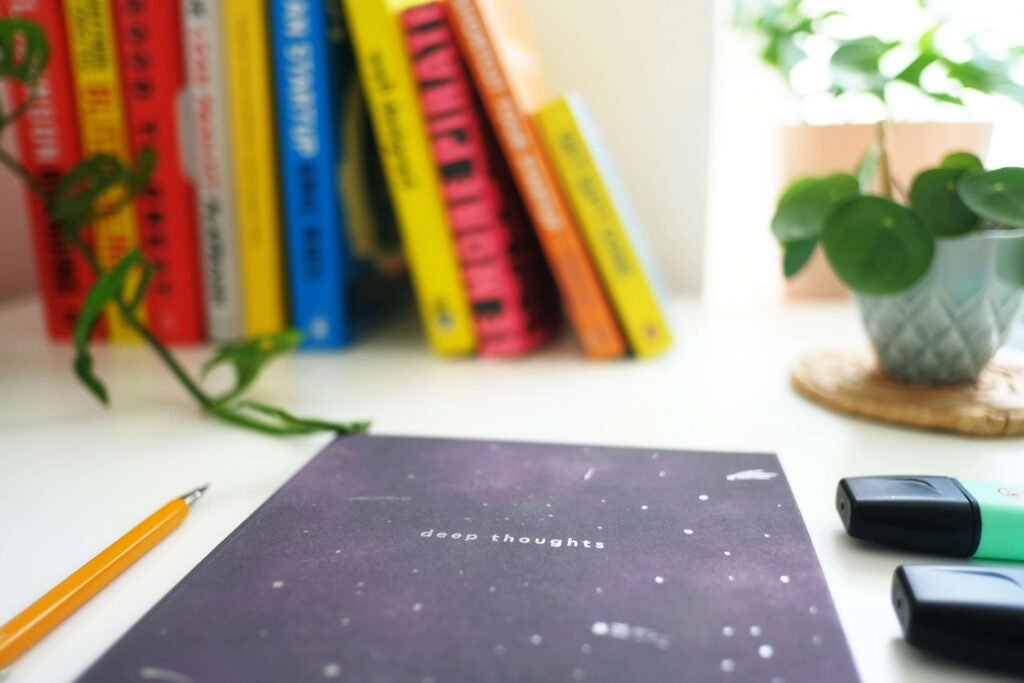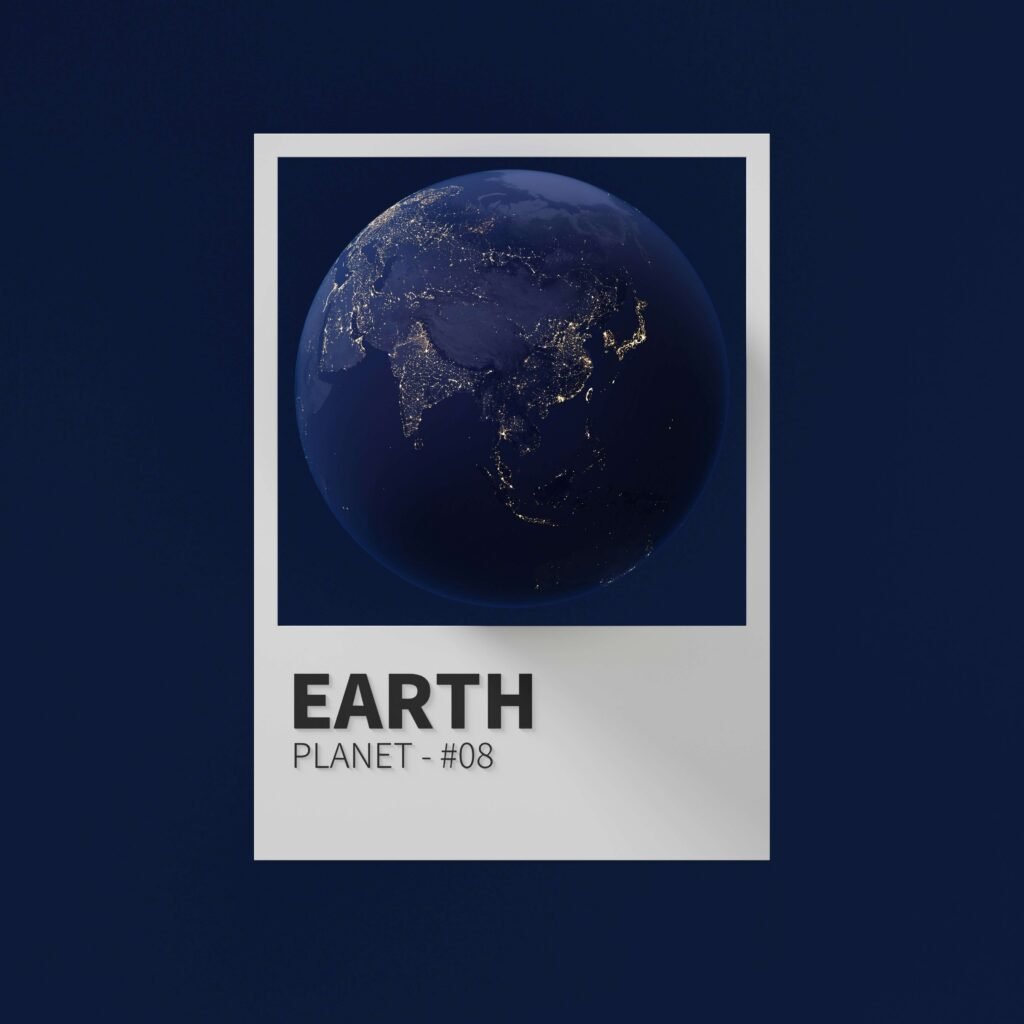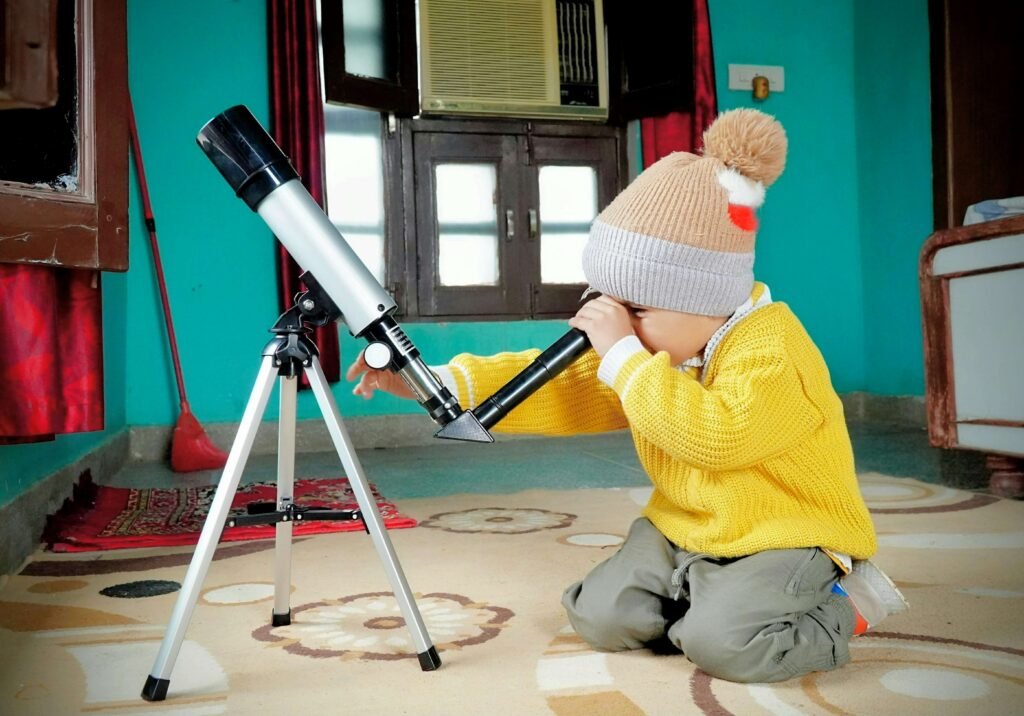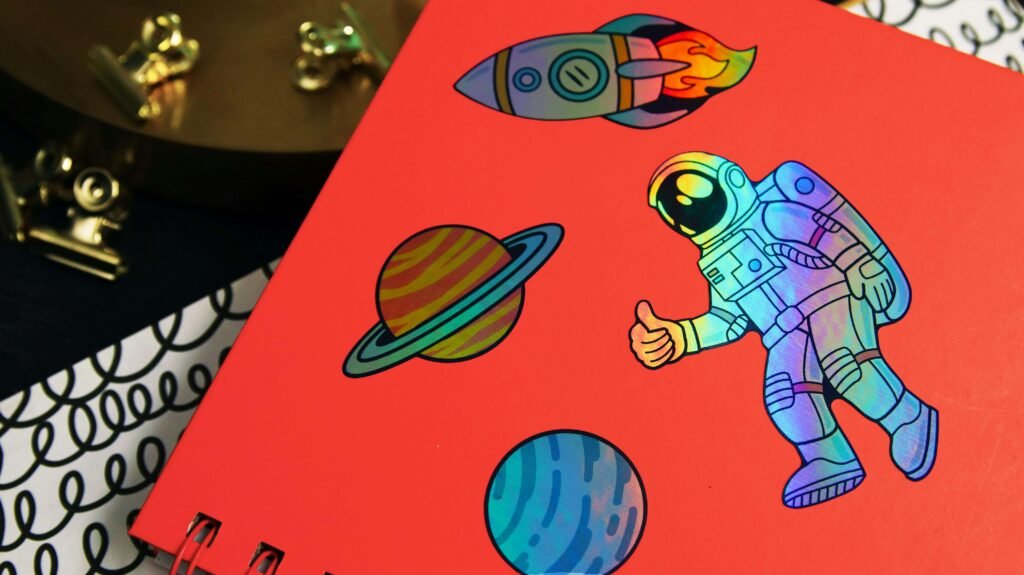09.06.2025
A Parent’s Guide to Making Space Education Easy
Educational Strategy

Space Is Big—But Teaching It Doesn’t Have to Be
The universe might seem overwhelming, but introducing your child to space doesn’t have to be. You don’t need to be a scientist, own a telescope, or spend hours planning. With the right tools and mindset, space can become one of the most exciting (and easiest) subjects to explore at home. This guide is here to help make that journey simple and rewarding for both you and your child.
Start with Curiosity, Not Content
The best learning begins with wonder. Kids are naturally curious about the stars, rockets, and the idea of alien life. Let those questions lead. When your child asks “What is Saturn’s ring made of?” or “How do astronauts eat in space?”, don’t worry if you don’t know the answer. Turn it into a shared discovery. Use books, printable guides, or kid-friendly videos to find out together. Space education isn’t about having all the answers—it’s about exploring together.
Use Visuals and Hands-On Tools
Visual learning is especially effective in space education. Planet flashcards, solar system charts, and colorful activity sheets turn abstract science into something kids can touch and see. Cut-and-build models of planets or rockets can reinforce lessons through play. Even simple crafts—like painting constellations on black paper—can turn into memorable learning moments. These tools make abstract topics real and accessible.
Tap into Ready-Made Resources
You don’t have to create everything from scratch. There are excellent digital products designed for home learning: unit studies, printable flashcards, quizzes, and activity packs focused on the solar system, planets, and stars. These resources are often designed to be plug-and-play—just download and print. They save time, provide structure, and allow your child to learn at their own pace while you stay stress-free.
Keep It Age-Appropriate
Kids of different ages learn differently. For younger learners, focus on storytelling and simple visuals. Turn planets into characters, or imagine going on a rocket trip. For older kids, introduce more science-based content: planetary orbits, gravitational forces, moon phases. Matching the material to their age and attention span ensures they stay engaged, not overwhelmed.
Make It a Routine—But Keep It Light
Space learning doesn’t need to be formal. A few minutes each day or an hour every weekend can build knowledge steadily. You could explore a new planet each week, play space trivia at dinner, or create a “mission journal” where your child logs their discoveries. Make learning a fun and regular part of life—not another item on the to-do list.
Let Kids Take the Lead
Finally, don’t forget to follow your child’s lead. If they’re fascinated by black holes or obsessed with rockets, run with it! Tailoring activities to their interests increases enthusiasm and keeps the spark alive. Give them small research tasks, let them choose which part of the galaxy to “visit” next, or challenge them to invent their own alien planet.

Share

09.06.2025
Using Space to Spark Big Questions in Kids
Why Space Inspires More Than Just Facts When kids start learning about space, it’s not just the planets or stars...

09.06.2025
The Benefits of Thematic Space Learning Units
A Universe of Knowledge—Organized When kids learn about space, it’s more than just stars and planets—it’s an entire universe of...

09.06.2025
Why Kids Love Planet Flashcards
Space in Their Hands There’s something magical about holding a whole planet in the palm of your hand. Flashcards may...

09.06.2025
Helping Kids Learn Science Without Screens
Rediscovering Hands-On Learning In an age where education often relies on tablets and video lessons, many parents and educators are...

09.06.2025
How Space Crafts Make Learning Fun for Kids
Turning Curiosity into Creativity Children are naturally curious about the world around them—and few things spark that curiosity quite like...


